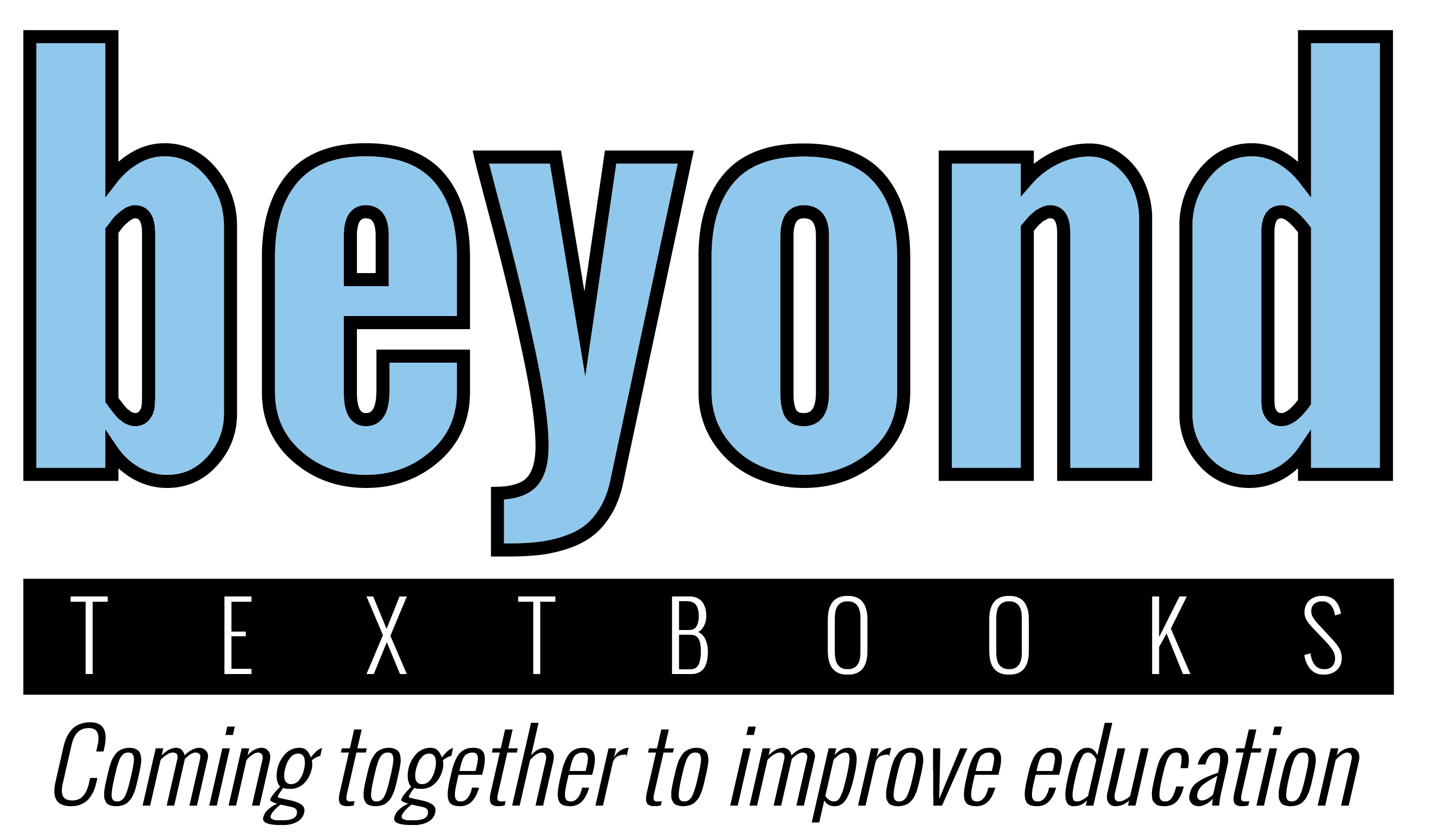Reading
Quarter 1 Standards
-
6.R.RI.01: The Highly Proficient student can apply strong textual evidence in supporting a complex inference or analysis of the text. (Informational text)
-
6.R.RI.02: The Highly Proficient student can evaluate central ideas and how they are conveyed through particular details and provide a comprehensive summary, distinct from personal opinions or judgments.
-
6.R.RI.03: The Highly Proficient student can analyze in detail how a key individual, event, or idea is introduced, illustrated, and developed in a text and analyze relationships among the key individuals, events, or ideas.
-
6.R.RL.01: The Highly Proficient student can apply strong textual evidence in supporting a complex inference or analysis of the text.(Literature)
-
6.R.RL.03: The Highly Proficient student can analyze how the plot of a particular story or drama unfolds in a series of episodes, as well as how the responses and changes of complex characters contribute to the plot as it moves toward a resolution.
Quarter 2 Standards
-
6.R.RI.05: The Highly Proficient student can articulate why the author uses a particular sentence, paragraph, chapter, or section; then analyze how it affects the overall structure of a text and contributes to the development of ideas.
-
6.R.RL.02: The Highly Proficient student can evaluate themes or central ideas, considering major/ minor themes, and how they are conveyed through particular details; then provide a comprehensive summary distinct from personal opinions or judgments.
-
6.R.RL.04: The Highly Proficient student can analyze the meaning of words and phrases, including figurative and connotative, and evaluate the impact on meaning and tone.
-
6.R.RL.05: The Highly Proficient student can articulate why the author includes a particular sentence, chapter, scene, or stanza in a text, and analyze how it affects the overall structure and contributes to the development of the theme, setting, or plot.
-
6.R.RL.06: The Highly Proficient student can analyze how an author develops the point of view of the narrator or speaker in a text, citing evidence to support the analysis.
-
6.R.RL.09: The Highly Proficient student can compare, contrast, and analyze/evaluate texts in different forms or genres in terms of their approaches to similar themes and topics.
Quarter 3 Standards
-
6.R.RI.04: The Highly Proficient student can analyze the meaning of figurative, connotative, and technical meanings of words and phrases in a text.
-
6.R.RI.06: The Highly Proficient student can analyze an author’s point of view and purpose in a text and provide evidence to show how they are conveyed.
-
6.R.RI.07: The Highly Proficient student can evaluate and synthesize information presented in different media formats; visually, quantitatively, and in words to comprehend the topic or issue.
-
6.R.RI.08: The Highly Proficient student can trace and evaluate the argument and specific claims in a text; then analyze how the reasoning and evidence supports or does not support the claim.
-
6.R.RI.09: The Highly Proficient student can compare and contrast one author’s presentation of events with that of another author and evaluate the effect and impact of the different presentations.
Quarter 4 Standards
-
6.R.RL.07: The Highly Proficient student can compare and contrast and analyze the experiences of reading a story, drama, poem, to listening to or viewing an audio, video, or live version of the text.
Yearly Standards (taught throughout the school year)
-
6.R.RL.10: By the end of the year, proficiently and independently read and comprehend literature, including stories, dramas, and poetry, in a text complexity range determined by qualitative and quantitative measures appropriate to grade 6.
-
6.R.RI.10: By the end of the year, proficiently and independently read and comprehend informational text and nonfiction in a text complexity range determined by qualitative and quantitive measures appropriate to grade 6.

